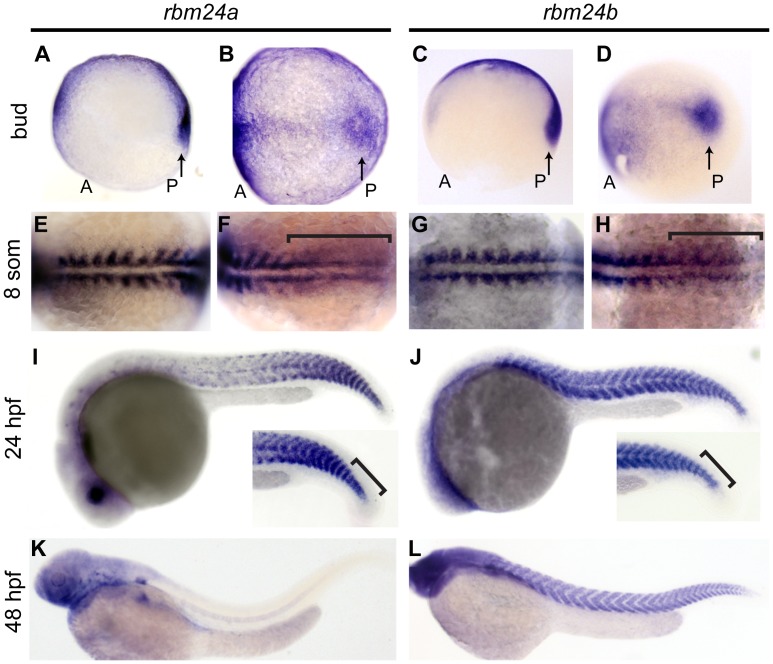User:Z5015686: Difference between revisions
mNo edit summary |
No edit summary |
||
| Line 44: | Line 44: | ||
|} | |} | ||
==Lab 3 Assessment== | |||
{| width=95% | {| width=95% | ||
| Line 54: | Line 54: | ||
|} | |} | ||
==Lab 4 Assessment== | |||
==References== | ==References== | ||
Revision as of 14:27, 1 September 2016
| Student Information (expand to read) | ||||||||||||||||||||||||||||||||||||||||||||||||||||||||||||||||
|---|---|---|---|---|---|---|---|---|---|---|---|---|---|---|---|---|---|---|---|---|---|---|---|---|---|---|---|---|---|---|---|---|---|---|---|---|---|---|---|---|---|---|---|---|---|---|---|---|---|---|---|---|---|---|---|---|---|---|---|---|---|---|---|---|
| Individual Assessments | ||||||||||||||||||||||||||||||||||||||||||||||||||||||||||||||||
|
Please leave this template on top of your student page as I will add your assessment items here. Beginning your online work - Working Online in this course
Click here to email Dr Mark Hill | ||||||||||||||||||||||||||||||||||||||||||||||||||||||||||||||||
| Lab 1 Assessment - Researching a Topic | ||||||||||||||||||||||||||||||||||||||||||||||||||||||||||||||||
In the lab I showed you how to find the PubMed reference database and search it using a topic word. Lab 1 assessment will be for you to use this to find a research reference on "fertilization" and write a brief summary of the main finding of the paper.
| ||||||||||||||||||||||||||||||||||||||||||||||||||||||||||||||||
| Lab 2 Assessment - Uploading an Image | ||||||||||||||||||||||||||||||||||||||||||||||||||||||||||||||||
OK you are now in a group
Initially the topic can be as specific or as broad as you want. Chicken embryo E-cad and P-cad gastrulation[1] References
| ||||||||||||||||||||||||||||||||||||||||||||||||||||||||||||||||
| Lab 4 Assessment - GIT Quiz | ||||||||||||||||||||||||||||||||||||||||||||||||||||||||||||||||
|
ANAT2341 Quiz Example | Category:Quiz | ANAT2341 Student 2015 Quiz Questions | Design 4 quiz questions based upon gastrointestinal tract. Add the quiz to your own page under Lab 4 assessment and provide a sub-sub-heading on the topic of the quiz. An example is shown below (open this page in view code or edit mode). Note that it is not just how you ask the question, but also how you explain the correct answer. | ||||||||||||||||||||||||||||||||||||||||||||||||||||||||||||||||
| Lab 5 Assessment - Course Review | ||||||||||||||||||||||||||||||||||||||||||||||||||||||||||||||||
| Complete the course review questionnaire and add the fact you have completed to your student page. | ||||||||||||||||||||||||||||||||||||||||||||||||||||||||||||||||
| Lab 6 Assessment - Cleft Lip and Palate | ||||||||||||||||||||||||||||||||||||||||||||||||||||||||||||||||
| ||||||||||||||||||||||||||||||||||||||||||||||||||||||||||||||||
| Lab 7 Assessment - Muscular Dystrophy | ||||||||||||||||||||||||||||||||||||||||||||||||||||||||||||||||
| ||||||||||||||||||||||||||||||||||||||||||||||||||||||||||||||||
| Lab 8 Assessment - Quiz | ||||||||||||||||||||||||||||||||||||||||||||||||||||||||||||||||
| A brief quiz was held in the practical class on urogenital development. | ||||||||||||||||||||||||||||||||||||||||||||||||||||||||||||||||
| Lab 9 Assessment - Peer Assessment | ||||||||||||||||||||||||||||||||||||||||||||||||||||||||||||||||
| ||||||||||||||||||||||||||||||||||||||||||||||||||||||||||||||||
| Lab 10 Assessment - Stem Cells | ||||||||||||||||||||||||||||||||||||||||||||||||||||||||||||||||
As part of the assessment for this course, you will give a 15 minutes journal club presentation in Lab 10. For this you will in your current student group discuss a recent (published after 2011) original research article (not a review!) on stem cell biology or technology.
| ||||||||||||||||||||||||||||||||||||||||||||||||||||||||||||||||
| Lab 11 Assessment - Heart Development | ||||||||||||||||||||||||||||||||||||||||||||||||||||||||||||||||
| Read the following recent review article on heart repair and from the reference list identify a cited research article and write a brief summary of the paper's main findings. Then describe how the original research result was used in the review article.
<pubmed>26932668</pubmed>Development | ||||||||||||||||||||||||||||||||||||||||||||||||||||||||||||||||
| ||||||||||||||||||||||||||||||||||||||||||||||||||||||||||||||||
Lab Attendance
Z5015686 (talk) 14:34, 5 August 2016 (AEST)
Z5015686 (talk) 14:40, 12 August 2016 (AEST)
Z5015686 (talk) 13:15, 19 August 2016 (AEST)
Z5015686 (talk) 13:10, 26 August 2016 (AEST)
Lab 1 Assessment
<pubmed> PMC4770082 </pubmed>
Short Summary Of Findings
The results of this paper suggest that human oocyte developmental potential can be predicted by the quality and maturation of the oocyte prior to fertilisation, (at the 2PN, pronucleus phase). The experiential design outlined in the paper involved measuring the mechanical properties of mouse and human zygotes using minimally invasive technologies (such as micropipette aspiration) to determine which were most predictive of viability (viability was defined as embryos that would most likely survive to blastocyst stage of development.) The results showed that individual parameters had limited predictive power on viability, however when considered together there was a greater distinction between viable and non-viable embryos. Through the use of statistical analysis it was found that their method of classification to predict embryo blastocyst formation that was based on these mechanical properties had >90% precision, 95% specificity and 75% sensitivity. Mice received embryos that were predicted to be either viable or non-viable based on their mechanical properties, which positively correlated to the mice who later had live births. The experimenters then investigated firstly whether there was a correlation between the viable and non-viable embryos and their gene expression, and secondly how/why these mechanical parameters correlated with viability. Interestingly they found that non-viable embryos had a reduced/different expression of some genes that are important for processes including, but not limited to, regulating cell cycle, oocyte maturation, chromosome segregation, DNA repair and telomere maintenance, thus suggesting that zygote gene expression correlates with viability. They also found that non-viable oocytes might undergo suboptimal fertilisation. Some genes that were identified to be differentially expressed in viable and non-viable embryos are important for fertilisation, including some whose products are found on the oocyte plasma membrane and in its zona pellucida, where if expressed incorrectly could potentially inhibit sperm-egg binding. Additionally, a reduced expression for a gene coding for a sperm protein was identified in non-viable zygotes, as well as a receptor that is involved in initiating the calcium oscillations that leads to cortical granule release and zona-hardening (which assists in the prevention of polyspermy.) Therefore in conclusion, this research demonstrates a way to accurately predict embryo viability early on in development, at the pronucleus stage, suggesting that embryo developmental potential is determined pre-fertilisation. This research has relevant applications in embryo selection process in IVF clinics.
| Mark Hill 18 August 2016 - You have added the citation correctly and written a good summary of the article's main findings. I guess the question is what provides the zygote viscoelastic properties and sperm gene expression? | Assessment 5/5 |
Lab 2 Assessment
Rbm24a and rbm24b are expressed throughout somitogenesis[1]
| Mark Hill 29 August 2016 - All information Reference, Copyright and Student Image template correctly included with the file and referenced on your page here. | Assessment 5/5 |
Lab 3 Assessment
| Mark Hill 31 August 2016 - Lab 3 Assessment Quiz - Mesoderm and Ectoderm development. | Assessment 4/5 |
Lab 4 Assessment
References
fertilization
PMID 27486480



